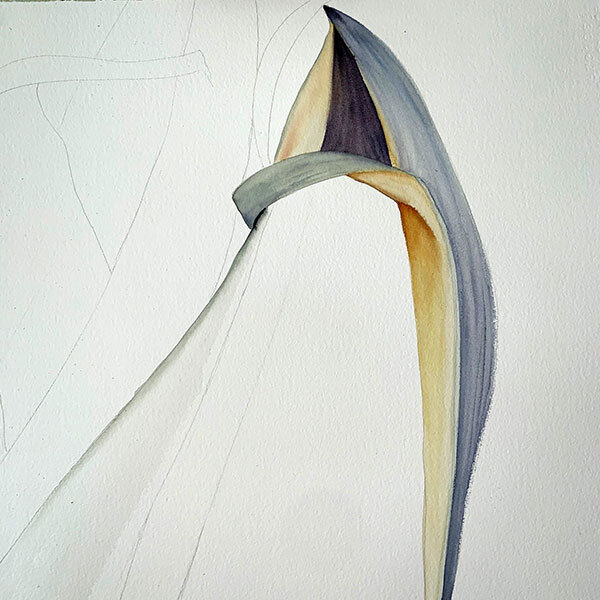Drawing is often, though not always, the foundation of a painting.
If you want your painting to closely resemble your subject, you’ll sketch or draw it before you apply paint to paper.
Sketching refers to a loose, unfinished drawing meant to give you an idea of the placement and general shapes involved.
Drawing refers to a closer representation of your subject, with or without details.
The act of drawing sensitizes your hand/eye coordination and hones your ability to see what’s really before you.
Drawing is a way to develop “Sherlock Holmesian” superpowers of observation and discovery.
Whenever you learn anything, receptivity is a prerequisite.
Open to expanding your sense of self and your abilities.
When drawing or painting, slowing down and moving your awareness from head to heart is a great place to start.
As technology continues to speed up access to our world, we’ve been speeding up right along with it.
Consciously slowing your awareness when drawing and painting is a gift to yourself, and to those around you.
Grounding yourself with a few deep, cleansing breaths before you start your creative endeavor is a calming way to begin.
One of my college drawing instructors once said,
“You each have 100,000 bad drawings inside of you, the sooner you get them out onto paper, the sooner you’ll get to the good ones.”
It takes time to sharpen your drawing or painting skills.
It’s time well spent!
While doing so, you’ll be practicing a form of open-eyed, mindful meditation.
Drawing and painting are my favorite ways to meditate — actually, along with walking, they’re the only ways I meditate!








